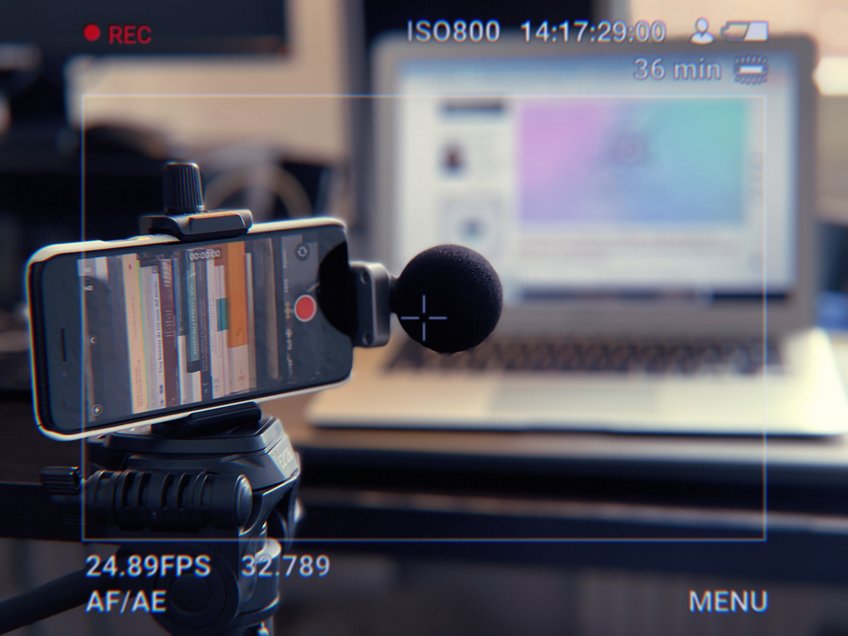
Transmedia HistoryTelling: rethinking methods and communicative practices in the field of legal history
Forschungsprojekt
Transmedia HistoryTelling is a project that reflects on methods and communicative practices in history to create new approaches to the history of law. The project creatively appropriates the concept of ‘transmedia storytelling’ (H Jenkins, Transmedia storytelling, 2003), used to analyse the articulation of different narratives in the entertainment industry, and adapts it for academic inquiry. Applying the principles of transmedia communication to varying stages of our historical research is part of a broader discussion process that seeks to create spaces for transdisciplinary exchange with other fields of historical research as well as within the humanities and social sciences more broadly.
The project pursues this aim by combining three interconnected approaches:
- Exploring different channels to communicate research results to create new historical narratives.
- Reflecting on the dependencies between media and research practices.
- Exploring better modes of interaction between academia and society.
Regarding the first approach, we have started a video project divided into two parts. The first is a video series called Transmedia Legal HistoryTelling, in which doctoral students and researchers of the Department ‘Historical Regimes of Normativity’ talk about their projects and research findings in an informal, accessible way. These videos are available on social networks like Facebook, Instagram and YouTube. They are sometimes part of the reflections in our departmental blog, Legal History Insights. The current aesthetics and structure of the videos are the product of collective reflection on storytelling, media, and current scholarly communication needs. With this, we have sought to promote a multimodal transmission of historical knowledge to communicate our research results to more diverse audiences and to focus on exploring different formats for knowledge dissemination. You can find all the videos we have produced since the beginning of the project here.
The second approach aims to go beyond the mere dissemination of knowledge and focuses more on two-way communication and interaction. This aspect constitutes the core of the project. Here, we want to achieve three things:
- To increase the dialogue with colleagues from other disciplines experienced in using different formats to communicate their research findings.
- To produce new storylines addressing a more general audience based on our previous research findings.
- To promote more frequent and creative interaction between researchers from different disciplines and diverse audiences.
To do that, we have created a second series of videos, which bears the project's name: Transmedia HistoryTelling. In contrast to Transmedia Legal HistoryTelling, which explores new ways of disseminating research, this video series uses reflection about media and communicative practices as the basis for thinking about the methodologies of legal history.
Thus, whereas our project's first angle of approach focuses on legal history and legal historians, the second goes beyond the discipline's topical and methodological boundaries: it immerses itself in discussions with other fields. It establishes dialogues with different audiences, but with the purpose of later returning to the history of law in a renewed form, with new questions and methods, and ready to produce novel knowledge that generates more complex ways of understanding law in the past. In sum, we seek to create more pluralistic and diverse legal historical knowledge by using more participatory research techniques – such as the participatory action research approach – and by reflecting seriously on researchers' societal role in contemporary contexts.
Under this perspective, we have developed different activities:
- The YouTube micro-series ‘A Desalambrar!’ is based on Karla Escobar’s doctoral research Citizenship, Justice, and Indigeneity: a History of Indígena Legal Practices in Cauca (Colombia), 1880-1938. The five episodes are available here.
- A group of online ‘coffee talks’ called ‘Transmedia HistoryTelling Live’ in which we chat with scholars with experience in using different narrative formats in their research: online platforms, comics, virtual reality, etc. We started the project through meaningful conversations with Spanish-speaking scholars, mainly from Latin America. In 2023, we decided to address a broader audience and conduct interviews also in English and Portuguese. You can find all the interviews here.
- A graphic history titled Camino y ruptura: una historia gráfica de las prácticas jurídicas indígenas en el Cauca, published by Ediciones Uniades. This publication is the product of a collaboration with different Colombian artist.
- The Quintinada Muralista: reading and art workshops based on Camino y Ruptura: A Graphic History of Indigenous Legal Practices held in Colombia (Universidad del Valle, Cali; Puerto Resistencia, Cali; La Escuela de la Montaña, Jambaló; Universidad Autónoma Intercultural Indígena-UAIIN, Popayán; Misak Universidad, Silvia; Cabildo de Rioblanco, Rioblanco-Sotará).
Transmedia Legal HistoryTelling andTransmedia HistoryTelling seek to establish a more fruitful connection between research and contemporary social concerns. They are thus firmly connected, and indeed prerequisite, to the project’s third main area of activity: improving communication between academia and the rest of society.
Our outputs strive to establish conversations between past and present in a way that puts historical knowledge at the service of humanity. Under this perspective, we created a video between scholars and non-scholars called A Video by Many Hands: Memory, Law, and Nationhood, which became the starting point of a historical reflection on the concept of ‘Derecho Mayor’ in Misak communities. Some of this analysis was condensed in the article ‘Indigenous Law and Social Mobilization: A History of the Concept of Derecho Mayor in Cauca (Colombia),’ which you can find here.
The interest in using collaborative and participatory techniques in our research is also related to a profound interest in education, a serious concern about the future of legal history as a discipline, and the need to create new techniques for interaction. With this in mind, we are currently working on designing an online course about ‘Transmedia Legal Historical Narratives’.
We are continually reviewing our dissemination and communication channels, methods and narratives: having previously focused on exploring different formats of video-making, we are now extending these channels in new directions by starting the production of a videocast.